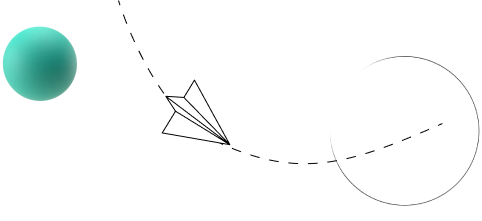The beginnings of dungeon synth aesthetic date back to the early 90s, however, a few recent years and the second-hand popularity on the Internet have brought a new-found, dynamic evolution to the genre. The changes don’t stop with the music – the aesthetics of dungeon synth has evolved in the iconosphere as well, more often than not – in an incredibly surprising direction.
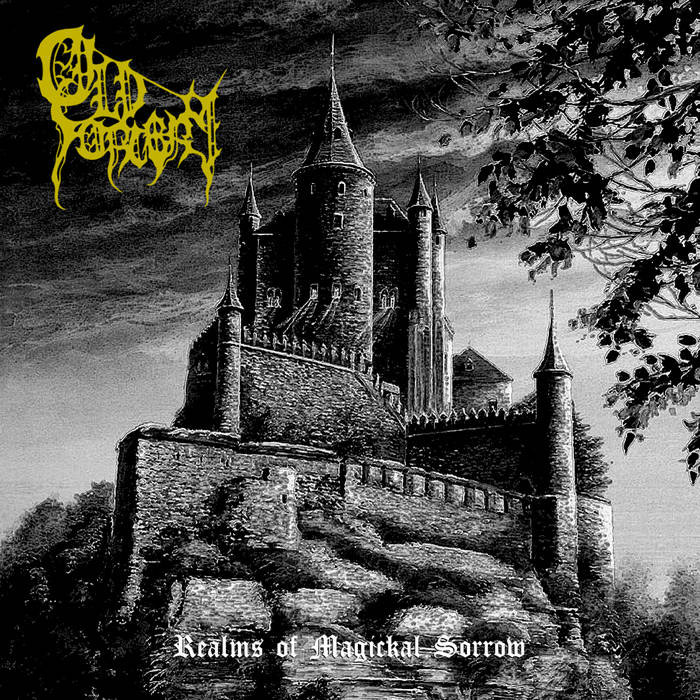
Dungeon synth is a genre of instrumental electronic – or more precisely: synthesiser music – that breaks apart the conventional notion of the electronics and modernity. The style seems almost anti-futuristic, more focused on the past (especially the Middle Ages), legends, fantasy fiction and broadly understood darkness. Picture a synthesiser movie or video game soundtrack in the vein of dark fantasy, especially a few decades old – that’s more or less how the dungeon synth sounds. The distinction between dungeon synth and other, related genres, like dark ambient or neoclassical music, isn’t set in stone – classifying something as dungeon synth is mostly a result of a general consensus, rather than strict categorisation. Andrew Werdna, while not using a taxonomical definition, but rather a poetic one, has brought us one of the best descriptions of the idea:
Dungeon synth is the sound of the ancient crypt. The breath of the tomb, that can only be properly conveyed in music that is primitive, necro, lo-fi, forgotten, obscure, and ignored by all of mainstream society. When you listen to dungeon synth you are making a conscious choice to spend your time in a graveyard, to stare, by candle-light, into an obscure tome that holds subtle secrets about places that all sane men avoid.
Interestingly, in the early days of the genre, dungeon synth shared a lot of connections with the artists focused on a slightly more extreme music genre: black metal (if it’s your cup of tea make sure to also read our article on mayhem album cover). The most famous example of that relationship is a 1997 album Dauði Baldrs. It’s origins were, well, quite unusual: Varg Vikernes, the creator of a black metal project called Burzum, was in prison for murder – these circumstances didn’t allow him to record a conventional, guitar album, though he was given the access to a synthesiser. Håvard Ellefsen was another, rather important (yet incomparably more likeable) performer that have brought together the worlds of the dungeon synth and black metal – he started his career as a guitarist for Emperor, later starting another project, named Mortiis. It’s pretty much impossible to unambiguously name the first dungeon synth album. It might have been Jim Kirkwood’s 1990 Where Shadows Lie, inspired by the works of J. R. R. Tolkien. Maybe, it’s The Song Of A Long Forgotten Ghost, brought together three years later by Mortiis.Who’s to say, as the definitions of a genre are quite arbitrary, indeed.

Dungeon synth aesthetic, even though it still remains quite niche, has begun to grow in popularity since 2015. That’s when an influential YouTube channel The Dungeon Synth Archives has started operating, alongside a Facebook group Dungeon Synth. The revival of the scene has not only increased the demand for the earlier recordings but also inspired new artists, whose work is sometimes described as a second or third wave of dungeon synth. Today, the genre is in a better shape than ever. The enormous quantities of new releases available at, let’s say, Bandcamp might just be the proof, while the emergence of smaller, more specific styles and scenes around dungeon synth just adds to the sentiment.
The visual aesthetics of dungeon synth
Musical genres aren’t defined only by their distinctive sound engineering. There’s also the surrounding iconoshere – commonly shared visual themes, often found in music videos, music album covers, or even fashion, represented by the clothes worn by fans. Dungeon synth hasn’t brought us many music videos, nor an independent, crystallised subculture – thus it’s visual identity is mostly based on a multitude of album covers. That’s why the covers, next to the album and song titles, are what people use to interpret this instrumental-heavy genre.
What is it, that dungeon synth is interested in, then? Everything, as long as it’s ancient, magical and dark. Until recently, most dungeon synth artists were inspired by the European Middle Ages – be it the historically accurate, or the mythological/fantastical version. Nowadays, the visual and musical motifs of different cultures are seeing and increase in popularity – including modern or ancient Middle East and Japan. Therefore, the album covers are full of castles, ruins, lone towers, dragons, knights in full plate armour and wizards wearing long, flowing robes, as well as ziggurats and samurai warriors. The depiction of nature is welcome as well – as long, as it’s appropriately mysterious, in the form of ancient groves and majestic mountains.
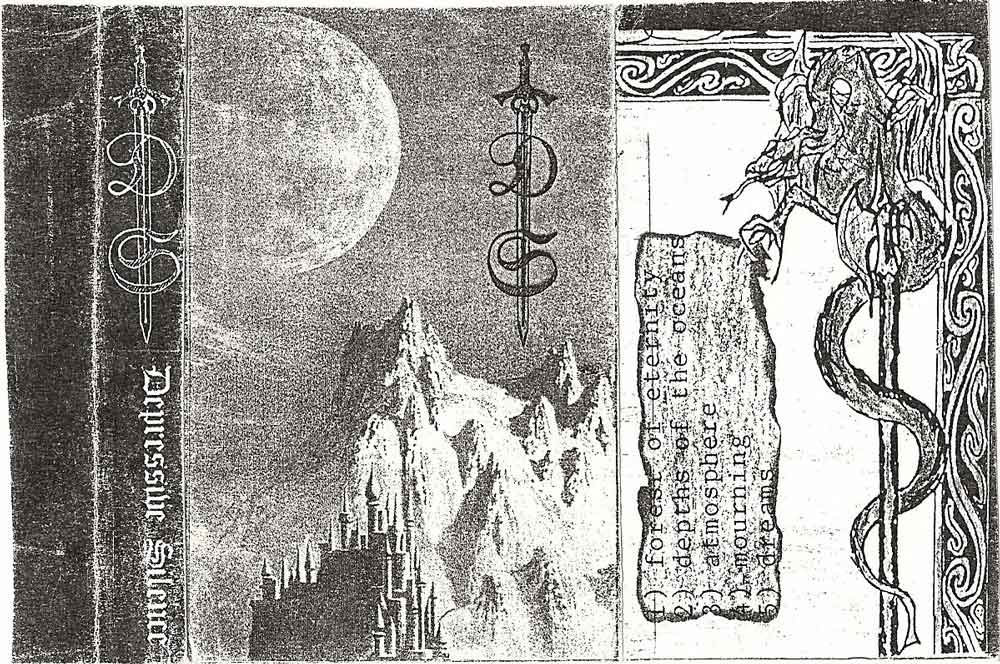
According to the decorum principle, the contents should fit the form. Distant strongholds and mage towers on the dungeon synth album covers are usually presented in an archaising way – sometimes the artworks imitate lithography, while on other occasions they resemble illustrations found in fables for children. Monochrome is a commonly used technique – especially in the shades of greys, sickly greens, and sepia. Equally stylised are the fonts – typically made to resemble Gothic script or Nordic runes. Even though the contemporary graphics software allows a great dose of professionalism in this regard, many creators still mimic the style used by the genre pioneers, kept in the spirit of DIY and the culture around zines (independently released magazines).
Dungeon Synth Aesthetic – grandmas and dinosaurs
The classic dungeon synth aesthetic, since the dawn of its creation in the 90s, has always been creatively full of everything amazing, fantastical, and even somewhat frightening. However, the dynamic expansion of the genre has brought along some extraordinary ideas. What if, instead of epic battles and long forgotten heroes, dungeon synth told a story of an old grandma, baking a lovely pie on a winter morning? This question has become the basis for one of the most interesting, yet controversial, subgenres of the scene – comfy synth. The 2019, 13-minute long EP Grandma’s Cottage can be assumed to be the key, founding recording of the niche. Today, it’s a dynamically growing style, with a distinguished community present in the social media.

Another example of an even more niche subgenre of dungeon synth aesthetic is dino synth. Its music is designed to bring the listener back in time even further than usual – all the way to the Mesozoic Era. Among the most recognisable names on the dino synth scene are artists such as Diplodocus, Synthosaurus or Electrosaurus Rex. Comfy synth is an attempt to bring back our idealised childhood, times spent comfortably sleeping under grandma’s warm duvet; dino synth tells the stories we dreamt of.
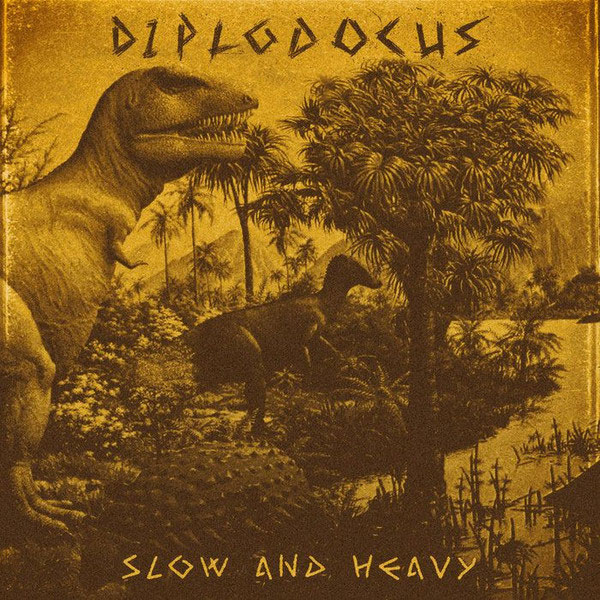
New concepts spawning around the dungeon synth continuously appear to try and capture the variety found within – like fantasy synth or winter synth, to name a few. Artists happily break the established conventions by combining dungeon synth with chiptune, the so-called Krautrock, and even jazz or rap. On the other hand, comfy synth has received an ironic response in the form of… uncomfy synth, with it’s flagship project, Grandma’s Catacombs.
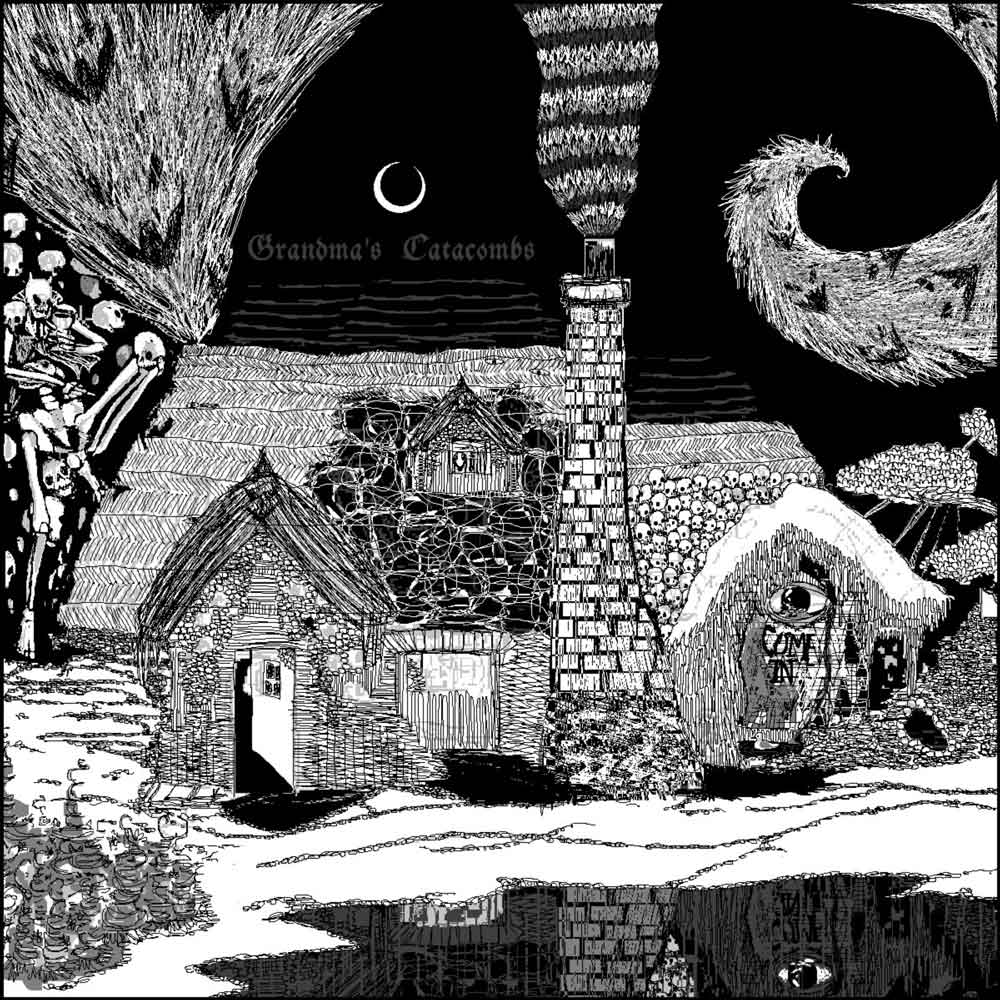
Dungeon Synth Aesthetic – The discreet charm of transience
Dungeon synth aesthetic is an utterly nostalgic phenomena, with another example of such being the dark academia, – on at least two levels. The genre is a means of expressing a fascination towards the more or less distant past, perceived as times, when the world still held some magic. Dungeon synth tracks sound like a sigh of longing for a different reality – full of heroism and mysteriousness; one, that might not even truly exist, yet still tightly grips our imaginations. It’s no wonder that the ruins are one of the most popular motives in the genre – both in the song titles and cover art alike. This way, dungeon synth adds to the centuries old cultural obsession; the fascination with ruins began in the Renaissance and was also a huge part of Romanticism. They bring to mind a truly meaningful collage of emotions: transience, longing, things long and irrefutably gone.
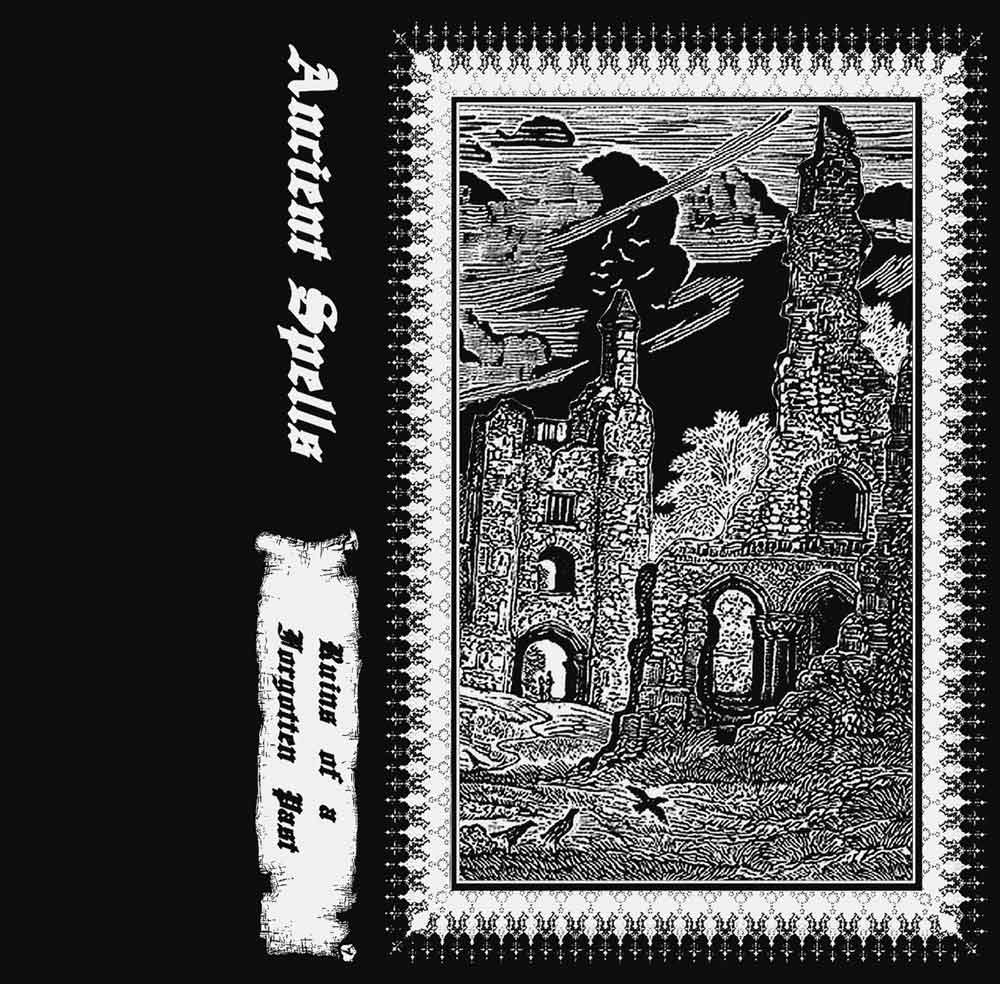
The second layer of nostalgia brought by the dungeon synth is the way the entire genre works as a whole. It can be called archaic in regards to its form, as well as its circulation; if it’s ever released physically, then more often than not it’s on cassette tapes, an archaic medium (as if nowadays any physical medium wouldn’t be considered dated). The brought back interest in the dungeon synth can be considered a celebration and exploration of a niche genre, which never has been a part of a true mainstream. It could even be regarded as a somewhat archival and interpretative work: dungeon synth is sometimes retroactively assigned to past projects, whose authors might even predate the aforementioned musical label. Every new dungeon synth record has a semi-archival feel – as all of them combined breathe life into a genre that was never truly alive.
Dungeon synth aesthetic might be, in a way, a pleasant return to the childhood and the 80s nostalgia – and it’s not just about the aesthetics of the comfy synth subgenre. Even the most conventional dungeon synth tracks invoke the emotions similar to the ones felt when you’ve been listening to or reading fables – of course, they might have been a bit naive, or slightly frightening, but surely they were exciting! This might be a reason for the relatively recent, late blooming of the dungeon synth – in a world, where the boundary set between the “children’s” and the “adult’s” culture becomes more and more blurred, the word “infantile” stops being a genuine fault.

Lo-fi and the re-enchantment of the world
Dungeon synth’s chances of topping the charts are incredibly slim – but it’s not like the mainstream was ever the goal for the artists involved in the scene. Who knows, maybe one day we’ll see a triumph of a hip-hop track based on a dungeon synth beat, or maybe some famous director producing music videos for popstars might get inspired by the genre – the pop culture has always drawn heaps from the alternative culture, even if the references were superficial at best. While clairvoyance might be pointless, it’s better to take a closer look at the revival of the dungeon synth in terms of its relations with the broader, cultural tendencies.
Contemporary culture – mainly musical, though not exclusively – has brought the obsessive need to achieve perfection in the sound and visual quality to a stop. Conventions are perceived as a sign of authenticity, hence the recent success stories of indie video games, imitating past releases from thirty years ago. Turns out, the enjoyment of your gaming experience doesn’t have to stem from the modern-looking formal aspect. The same can be observed in music production, which has been very keen on the lo-fi aesthetics in the past few decades – cloud rap, immensely popular “lofi hip hop” found on nearly every YouTube stream as well as chillwave are only a few examples of this trend. Dungeon synth is a similar case – it’s a genre, in which a crystal clear sound quality would hardly be beneficial. Imperfections perfectly match oneirism – which is a core feature of this type of music.

An important characteristics of the contemporary culture that favours dungeon synth is the rise of the geek culture. We’ve mentioned it on our blog before, in an article concerning the aesthetics of goblincore – which, by the way, could easily fuse together with dungeon synth in an amalgamation of creativity. To summarise and avoid further repetition: dungeon synth is the perfect soundtrack for a world, in which the role playing games have become a fully acceptable pastime activity for adults, a Dungeons & Dragons based movie is about to hit the cinemas, and the widely understood fantasy is the cornerstone of the collective imagination found in the pop culture.
In his book The Utopia of Rules, an anthropologist David Graeber has proposed the idea that the current popularity of fantasy might be an expression of the yearning for a world without bureaucracy. The nostalgic dungeon synth, interested in both the uncanny and the sunken memories of the past is a truly escapist aesthetics. Our modern, technological, and scientific world seems to have no place for any kind of magic – that might just be the reason why, paradoxically, there’s more of it than ever: there’s the surprisingly popular esotericism, the evermore increasing interest in fantasy, and, of course, its traces in music. Dungeon synth is more than likely to stay on the edges of mainstream forever, being an art form made by those who know for those who know. Nonetheless, the existence of the genre manifests a massive cultural need: a need for an enchanted world and a mystery that does not insist on being solved.
See also our articles on: 90s nostalgia, Cyberpunk aesthetic, and Dark academia aesthetic.


